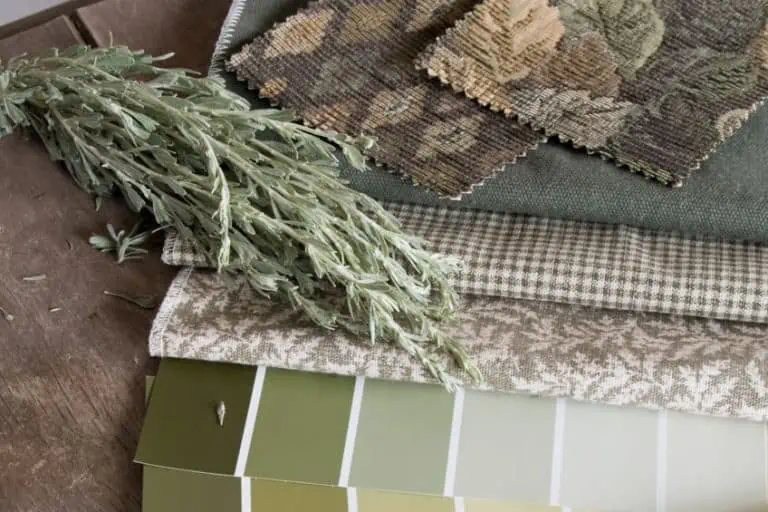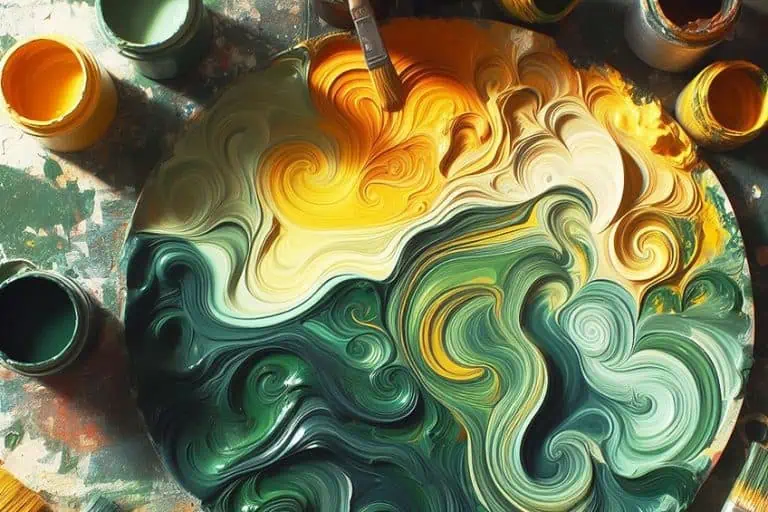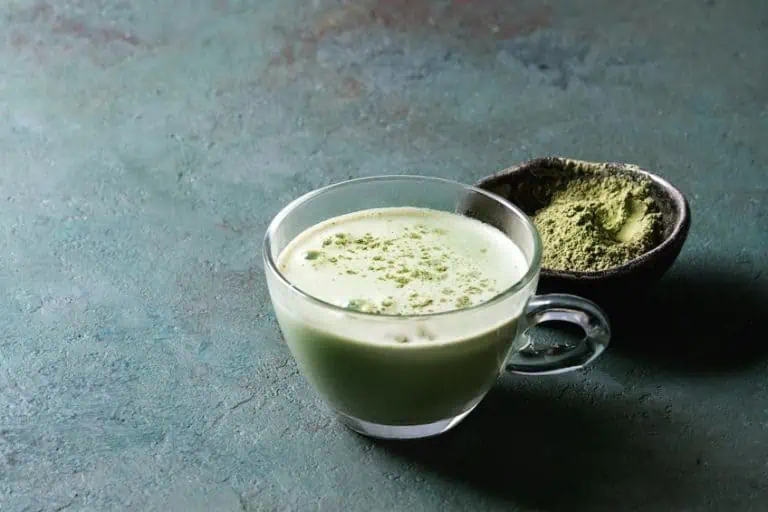Sand Color – The Warm Organic Neutral
This post may contain affiliate links. We may earn a small commission from purchases made through them, at no additional cost to you.
Sand, much like the fine and granular material that covers the earth’s surface, is not just a bland and uniform color. It comes in a rainbow of shades and hues, each with its own unique story to tell, which we aim to unfold alongside you throughout the article below. Today, we will be covering a multitude of different topics surrounding the color sand, including the many different sand color names and shades, each with its own sand color code, as well as the deep history and symbolism behind this timeless shade.
Table of Contents
What Color Is Sand?
The question “what color is sand?” may seem simple at first, but the answer is far from straightforward. The granular material that stretches across our planet’s surface comes in a diverse range of colors, ranging from pale, sun-bleached hues to rich, dark shades. The color of sand is determined by various factors, including the mineral composition, weathering processes, and the age of the surrounding rock formations. Whether it is a warm, golden-yellow sand, or a deep, earthy brown, each color presents its own unique flair and qualities, offering a glimpse into the history and natural beauty of our planet.
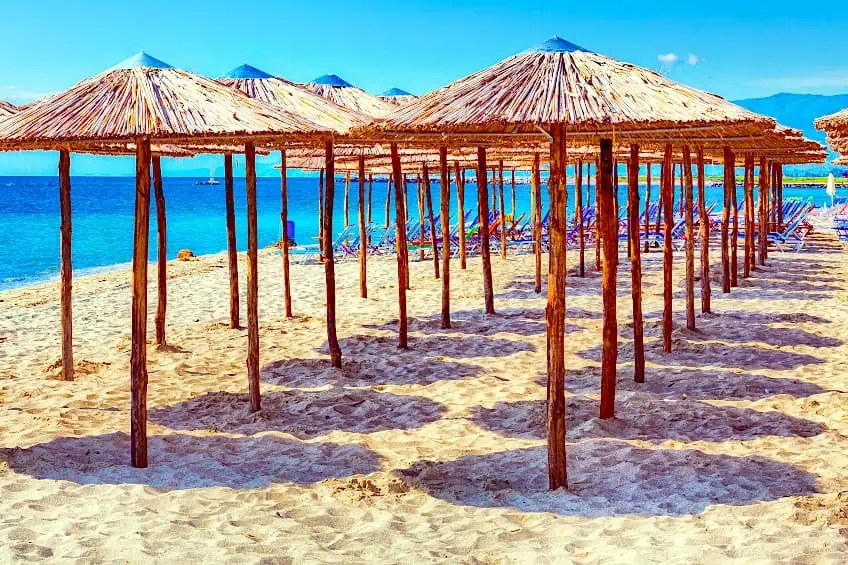
And as such, the very same can be said about sandy colors themselves, which too come in a never-ending variety of shades and hues that can each be used in its own unique way. Here, we will be doing a deep dive into the various shades that make up this calming hue, with a respective sand hex code, as well as how you can incorporate a sand color palette into your everyday life.
Shades of Sand Color
Before we dive into the various sandy colors, let us first familiarize ourselves with what has been most closely associated with the base shade. This color is a warm, earthy hue that evokes feelings of stability, calm, and comfort. Through this foundation, the sand color palette is made up of countless versatile shades that seamlessly blend into their surroundings, offering a neutral backdrop for bolder, brighter colors.
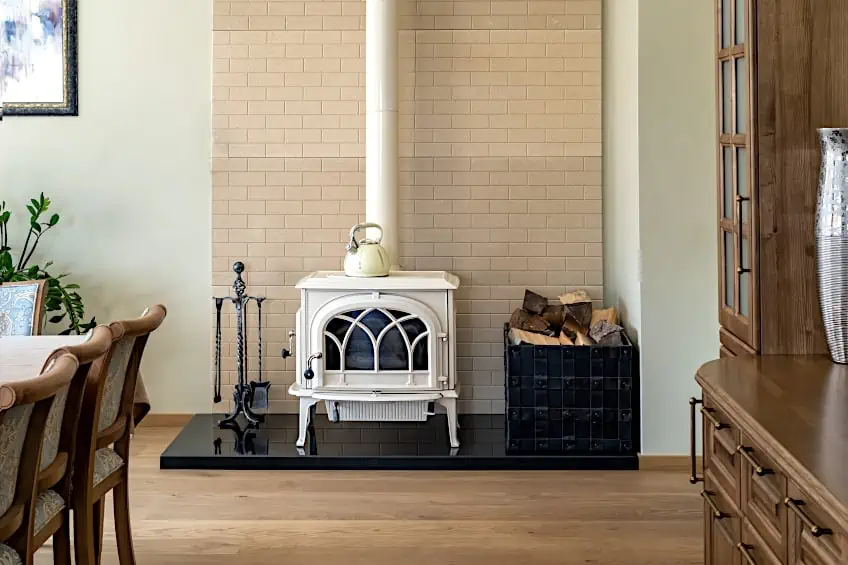
At the same time, however, it can also be used as a focal point in its own right, adding a touch of sophistication and elegance to any design. Whether it is paired with crisp, cool blues, or rich, warm reds, the color brings with it a sense of timeless beauty and natural charm to any setting. These sandy colors are both grounding and uplifting, making them a popular choice for homes, fashion, and design.

| Sand Color Names | Sand Hex Code | RGB | CMYK Color Code (%) | Shades of Sand |
| Sand | #c2b280 | 194, 178, 128 | 0, 8, 34, 24 | |
| Biscotti | #e6d7c2 | 230, 196, 135 | 0, 7, 16, 10 | |
| Sugar Cookie | #fae3ab | 250, 227, 171 | 0, 9, 32, 2 | |
| Oat | #d8c29d | 216, 194, 157 | 0, 10, 27, 15 | |
| Sepia | #b8a88a | 184, 168, 138 | 0, 9, 25, 28 | |
| Sand Dollar | #c2b280 | 194, 178, 128 | 0, 8, 34, 24 | |
| Tan | #d2b48c | 210, 180, 140 | 0, 14, 33, 18 | |
| Beige | #f5f5dc | 245, 245, 220 | 0, 0, 10, 4 |

As you may be able to tell, the sand color is not just a single shade, but rather a beautiful and diverse spectrum of warm and earthy tones. From the golden-yellow shades that bring a sense of warmth and serenity, to the light, muted hues that evoke feelings of freshness and purity. There are also the darker tones that each exude a sense of mystery and depth, which adds a touch of elegance to any design or artwork. Whether it is a soft, creamy beige or a warmer tan, the different shades of sand are sure to provide a beautiful backdrop to any palette.
Sand Color Meaning Throughout Time
The color sand is rich in meaning and history, with wrinkles that date back to humanity’s earliest civilizations and beyond, embodying the natural beauty and stability of the earth itself. Throughout the ages, sand has been associated with feelings of warmth, comfort, and serenity, and has been a symbol of the timeless beauty of our natural world. The use of sandstone in structures ranging from houses to temples and fortresses means that from long-distant ancient civilizations to our modern times, sand colors have played an important role in human culture and history.

In design and art, for instance, sand has become widely used as a neutral background color that offers a warm and inviting backdrop for bolder and brighter hues. It is a versatile shade that evokes a sense of calm and stability within the observer, thanks to its natural, earthy tone.

However, the meaning and symbolism of the color sand is not just limited to design and art. Throughout recorded history, sand has been seen as a symbol of the passage of time, as evidenced by the shifting sand dunes of the desert and the ebb and flow of sand on the beaches. This concept would later be materialized in the form of an hourglass, which quite literally allows us to make use of sand as a measurement of time itself, albeit in limited quantities. As such, however, it is also a symbol of renewal and rejuvenation, as the grains of sand are constantly being reshaped and remolded by their surrounding elements.
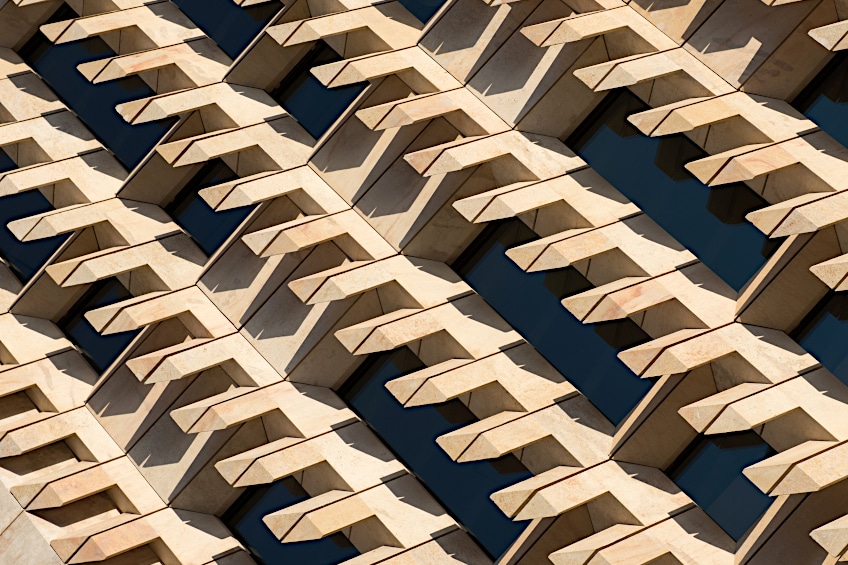
How to Mix Your Own Sand Color
Mixing your own sand-colored paint can be a graceful and elegant pursuit, a symphony of hues that come together to form a perfectly harmonious shade. Before we begin, let us first gather the following materials:
- Clear container or palette
- White paper (optional)
- Paintbrush
- Paints (red, blue, and yellow)

| Color Name | Hex Code | RGB | CMYK Color Code (%) | Shade of Color |
| Red | #ff0000 | 255, 0, 0 | 0, 100, 100, 0 | |
| Blue | #0000ff | 0, 0,255 | 100, 100, 0, 0 | |
| Yellow | #ffff00 | 255, 255, 0 | 0, 0, 100, 0 |
To start this process off, you will need to establish a foundation for your sand color. You can do so by taking some yellow paint and applying it to your palette or container. Following this, gradually start adding in small amounts of red and blue paint, blending the mixture carefully until a smooth and even color is achieved.
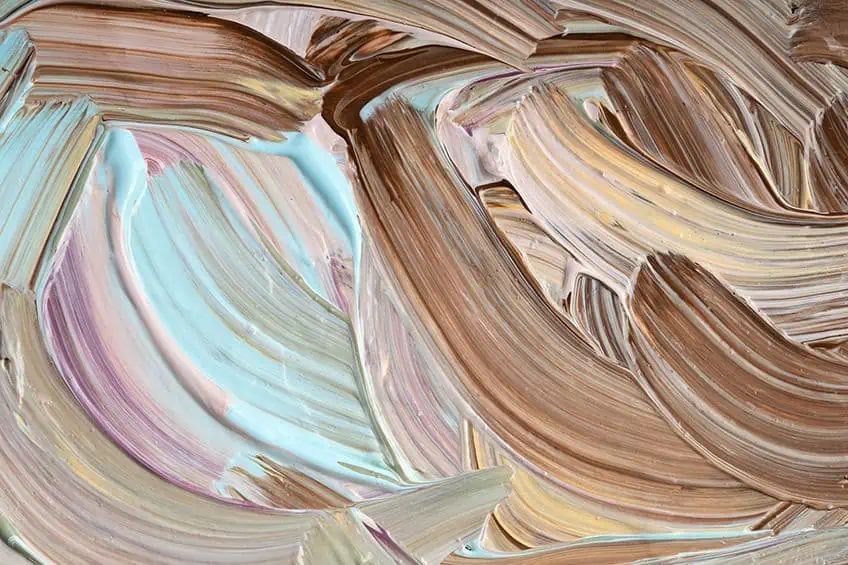
It is important to remember that the proportions of red and blue will vary, depending on the desired depth and warmth of the sand hue. A touch of red will add a warm, sun-kissed glow, while a touch of blue will add depth and a cooler, beachy feel. Experiment by testing the color on a piece of white paper and make adjustments as needed.
Take your time and be methodical in your approach, allowing each brushstroke to bring the color closer to your vision. And remember, color is a journey, not a destination. Embrace the process and allow yourself to get lost in the beauty of the hues as they come together in a perfect symphony.
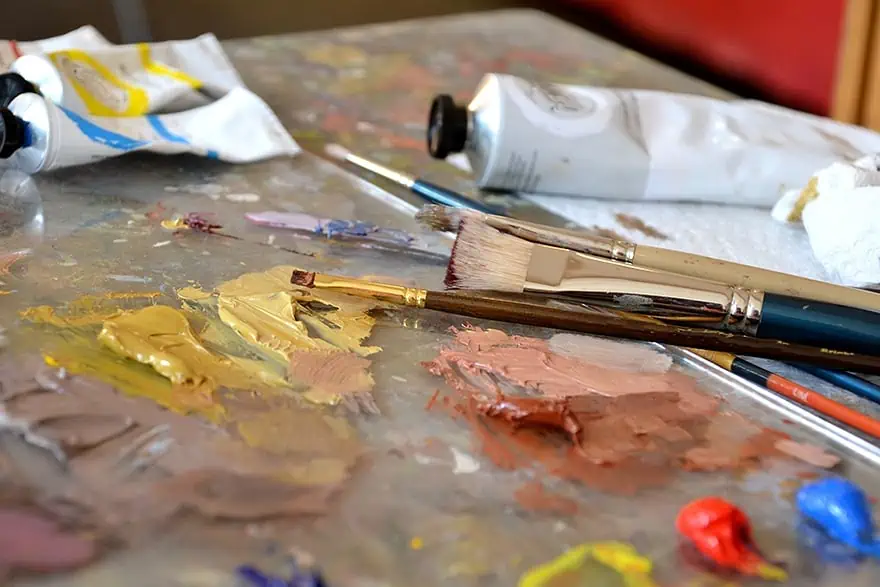
Once the desired shade of sand is achieved, transfer the mixture to a clean container, and label it with care, documenting the date and ingredients used. And with that, you have created a custom color that is a true masterpiece, a beautiful representation of the sands of time.
Creating Your Own Sand Color Palette
The color sand offers a warm and inviting hue that serves as a versatile base for a variety of color combinations. When choosing shades to pair with sand for your own designs, artworks, or even just simply for your everyday outfits, it is important to consider the desired mood and ambiance you wish to evoke.
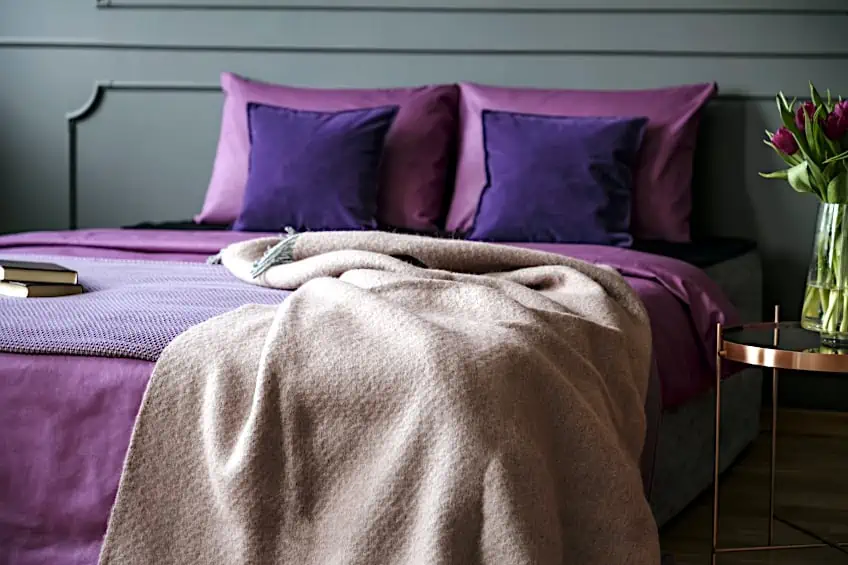
For a calm and serene look, consider pairing sand with soft, muted shades such as pale blue or pastel green, creating a tranquil, coastal vibe. These soft hues will complement the warmth of sand and create a harmonious, soothing aesthetic.

| Color Name | Hex Code | RGB | CMYK Color Code (%) | Shade of Color |
| Sand | #c2b280 | 194, 178, 128 | 0, 8, 34, 24 | |
| Pale Blue | #add8e6 | 173, 216, 230 | 25, 6, 0, 10 | |
| Pastel Green | #77dd77 | 119, 221, 119 | 46, 0, 46, 13 |
For a more sophisticated look, however, earthier shades like deep brown or forest green can always be considered. These colors, when paired with sand, are able to evoke a sense of nature and stability, providing a grounding presence to any environment.

| Color Name | Hex Code | RGB | CMYK Color Code (%) | Shade of Color |
| Sand | #c2b280 | 194, 178, 128 | 0, 8, 34, 24 | |
| Deep Brown | #5c4033 | 92, 64, 51 | 0, 30, 45, 64 | |
| Forest Green | #228b22 | 34, 139, 34 | 76, 0, 76, 45 |
Ultimately, the perfect pairing of colors with sand is limited only by your own imagination. So, let your creativity flourish and experiment with different hues to find the right combination that speaks to your artistic vision. With the right pairing of colors, the hue of sand can bring a touch of warmth and beauty to any space, design, or artwork you wish.
Frequently Asked Questions
What Colors Match Well With Sand?
Sand pairs well with a wide variety of different shades and hues. For a muted look, sand can pair well with white, beige, gray, and brown, while a bolder aesthetic may instead see sand pair well with yellows, greens, and even blues.
What Is the Color Code for Sand?
For artists that use digital mediums for their work, color codes can be an essential tool to achieve the exact look and desire you are looking for. In the case of the sand color code, it is listed as #c2b280, an RGB code of (194, 178, 128), as well as a CMYK code of (0, 8, 34, 24).
Duncan graduated with a diploma in Film and TV production from CityVarsity in 2018, after which he continued pursuing film while taking on a keen interest in writing along the way. Since having graduated, he began working as a freelance videographer, filming a variety of music videos, fashion and short films, adverts, weddings and more. Throughout this, he’s won a number of awards from various film festivals that are both locally and internationally recognized. However, Duncan still enjoys writing articles in between his filming ventures, appreciating the peace and clarity that comes with it.
His articles focus primarily around helping up-and-coming artists explore the basics of certain colors, how these colors can be paired with other shades, as well as what colors are created when you mix one with another. All while relating these shades to historically significant paintings that have incorporated them into their color palette. As a lover of the arts himself, he takes great interest in the Renaissance era of paintings, an era that has directly inspired many of his favorite films.
Learn more about Duncan van der Merwe and about us.



